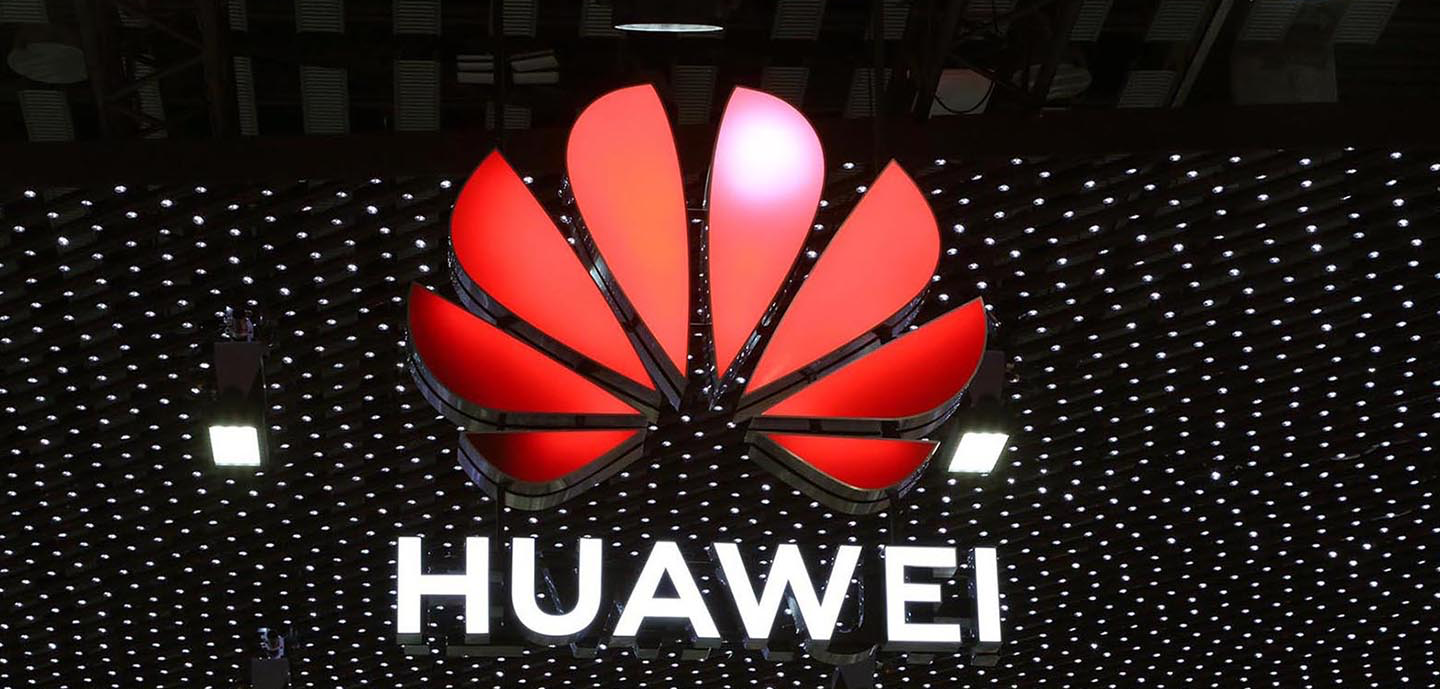On April 29th, Cai Jianyong, the former general manager of the Intelligent Vehicle Control division of Huawei’s Smart Car Solution Bu, has left Huawei and joined CATL to be in charge of the CTC battery-chassis integrated business.
“Demotion” Winds

Cai Jianyong is an old hand in Huawei’s Enterprise Business Line and has been relatively low-key, receiving limited exposure.
He served as the Director of Huawei’s Car Networking Innovation Center in 2017. In May 2019, he moved to the newly established Huawei Smart Car Solution Bu, which is being managed by the ICT Management Committee. Wang Jun, the former president of Huawei’s Wireless Network Business Department and the Japanese Operator Business Department, was appointed as the President of the Car BU, while Cai Jianyong was appointed as the CTO of Huawei’s Smart Car BU and also served as the Minister of Architecture Design and Integration Strategy, one of the 9 major secondary departments.
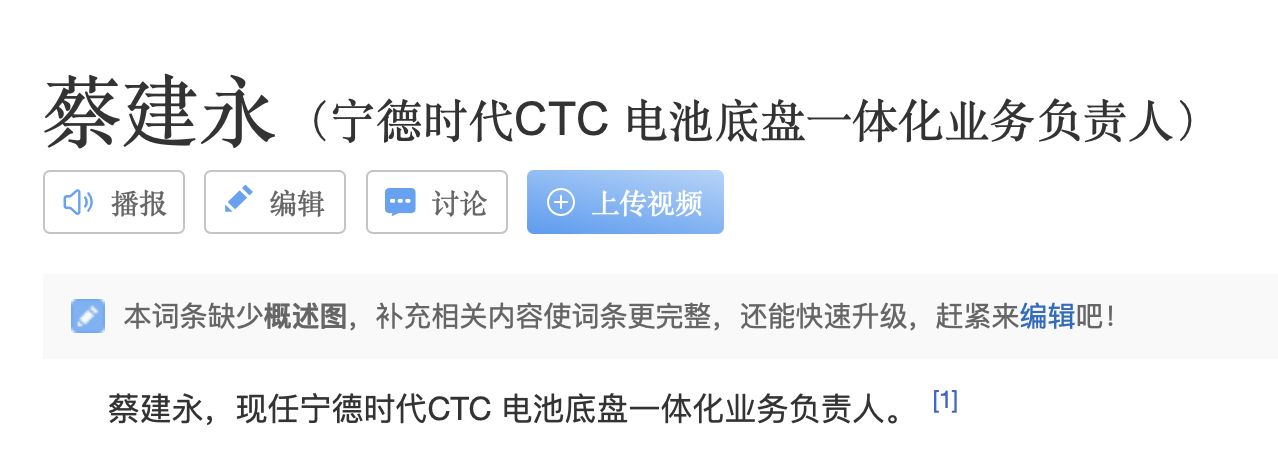
Later, Cai Jianyong was transferred to the position of General Manager of the Intelligent Vehicle Control division of the BU, one of Huawei’s 14 secondary departments in the automotive business, which is essentially a demotion. During his tenure at Huawei, Cai Jianyong was mainly involved in vehicle architecture and system design.
Departure Winds
Although there has been a severe flow of talent in the autonomous driving and automotive industries in recent years, the departure of executives from Huawei’s Car BU has been even more frequent. I have collected some information on the departure of high-level officials from Huawei BU:
-
Around November 2020, Zhang Xiaohong, the General Director of Huawei’s Intelligent Driving Product Project Group, resigned and joined NIO as a senior product manager in April 2021.
-
In November 2021, She Xiaoli, former Chief Functional Safety Expert of Huawei Automotive BU confirmed that she will join NIO to be responsible for algorithm research.
-
In November 2021, Chen Qi, former head of Huawei’s Autonomous Driving R&D Department, was confirmed to be Vice President of Autonomous Driving at JiKe, responsible for intelligent driving technology R&D.
-
On January 25th, 2022, Su Jing, the former head of Huawei’s Intelligent Driving Product Department, was said to leave Huawei before the Spring Festival, which was confirmed by Huawei as well.
-
Vice President of Automotive Business and President of Western European Enterprise Business Department He Liyang, COO of Autonomous Driving, and Map and Data Director Jiang Jun, as well as Fusion Sensing Director Peng Xueming, etc.
Why Leave?
Huawei insists it does not make its own cars and about the automotive business, they say everything except for the chassis, the four wheels, the outer shell, and the seats, Huawei can do it all. Prior to Yucheng Dong moving from Huawei’s consumer business to the automotive business, Huawei had already engaged in close cooperation with the likes of ARCFOX, as well as other automakers.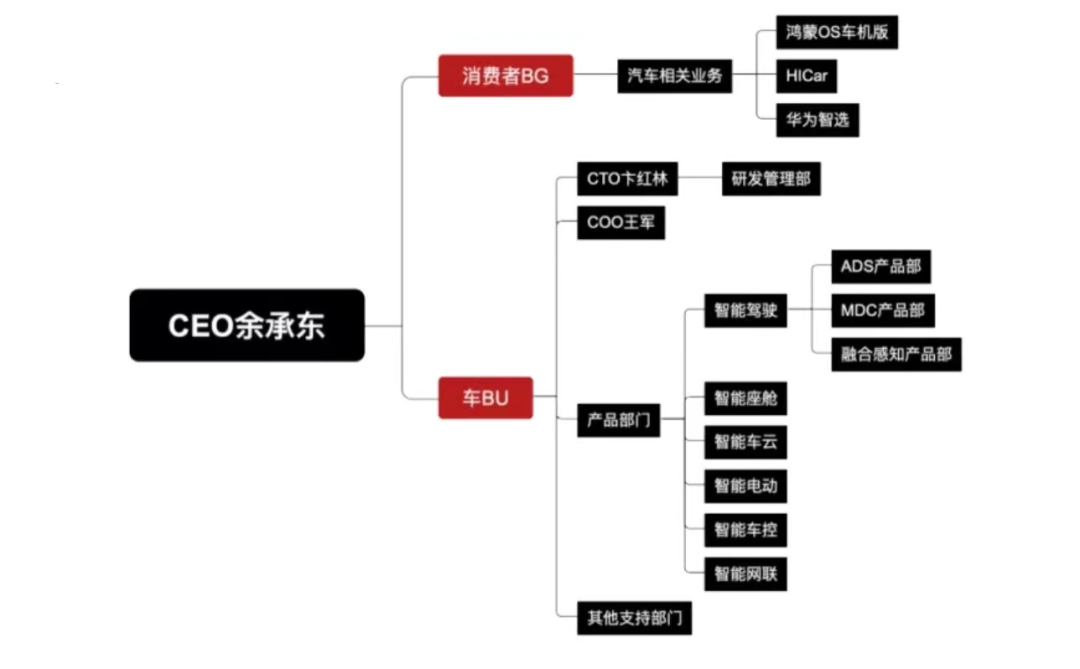
After Yu Chengdong took over, he made multiple adjustments to the entire automotive business, resulting in a loss of some senior executives due to reassignment and demotion.
Yu Chengdong particularly favors “Xiaokang” and has even iterated from the Cyrus SF5 to the AITO M5, with the AITO M7 also on the way. However, based on the current performance of these two cars, the Hongmeng cockpit of the AITO M5 is a highlight, but its intelligent performance in assisted driving has not taken advantage of Huawei’s technological superiority.
Even looking back at the ARCFOX Alpha S Hi version model, it has experienced multiple delays and is currently postponed until the CTC of Ningde Times.
In previous videos, I speculated about “Ningde Times making cars”. Most of the CTC technology is controlled by car companies, such as Tesla, which landed the CTC technology this year, and Zero Run, which was recently announced. Companies like UP and Pix Moving that specialize in skateboard chassis are also eyeing CTC technology.
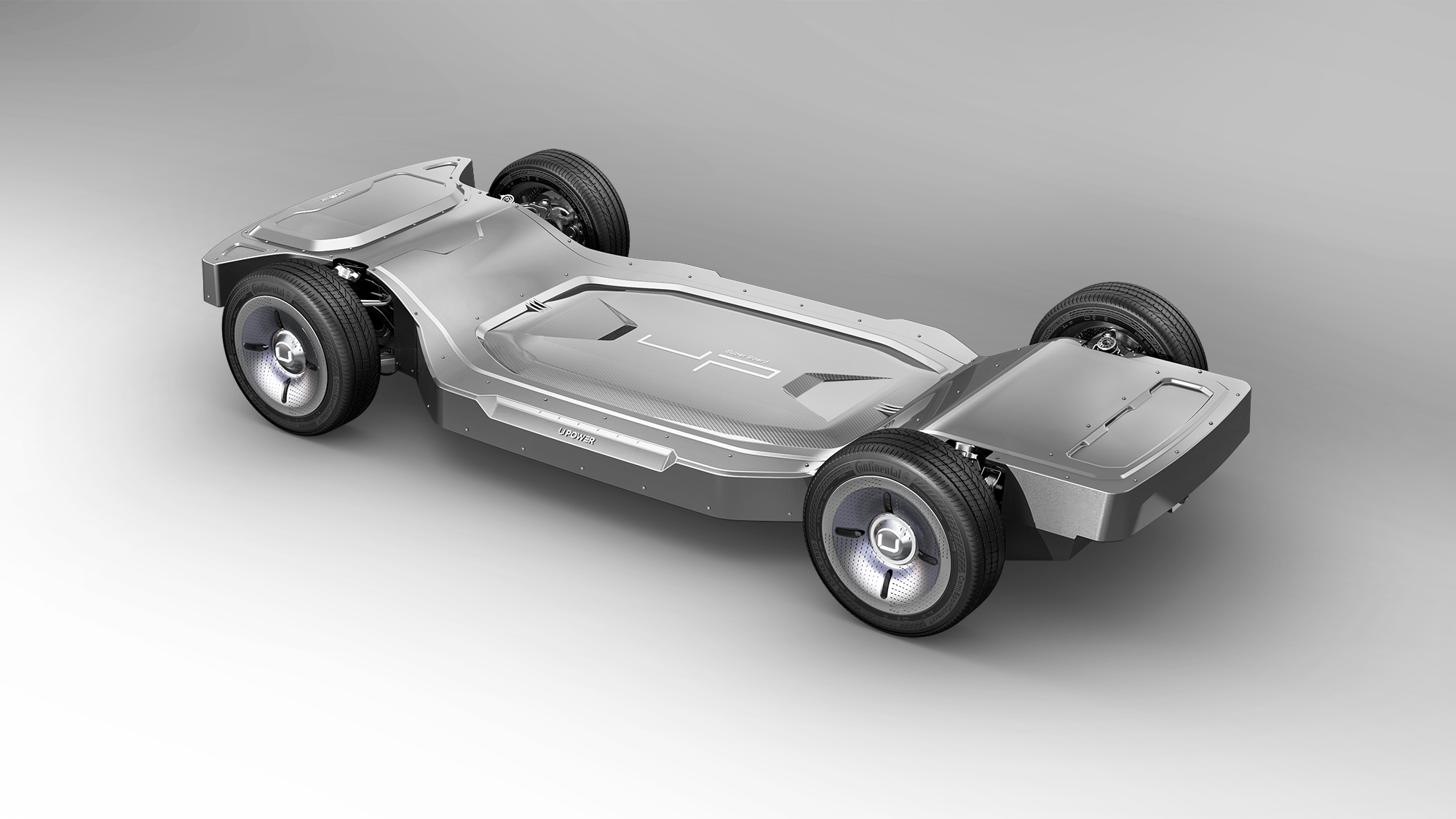
CTC (Cell to Chassis) is battery-chassis integration technology, which directly integrates the battery cell into the chassis to achieve a higher degree of integration, that is, a further improvement in physical energy density. However, Ningde Times plans to apply this technology after 2025.
Therefore, it is very reasonable for Ningde Times to start recruiting talents to prepare for CTC.
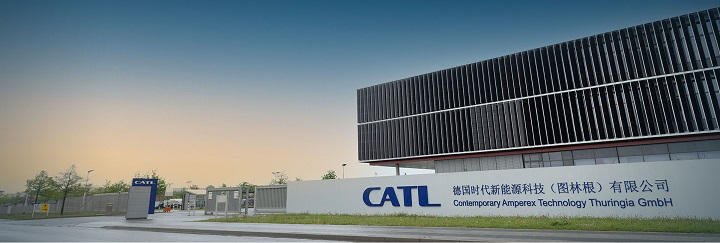
On February 15th this year, Zhejiang Xingyue Auto Co., Ltd. reached a cooperation agreement with a subsidiary of Ningde Times, Times New Power Technology Co., Ltd., with CTC technology being the important project. Xingyue provided a new energy commercial vehicle platform which could become Ningde Times’ first CTC technology test field.
On February 19th, Ningde Times (Shanghai) Intelligent Technology Integration Electric Chassis Development Project and Ruiting Times Shanghai Intelligent Power System Project (Phase 2) started formally. The integrated electric chassis project is for accelerating the landing of the CTC technology.
Conclusion
In fact, whether it is Huawei or Ningde Times, even if they want to make cars, they cannot make a big fuss. I won’t go into the reasons, those who understand know.
What I am looking forward to is whether Huawei and Ningde Times can still sit still after Xiaomi and Apple’s first-generation products come out. Of course, the premise is that their cars sell well and are interesting.🔗Information source: 36Kr
This article is a translation by ChatGPT of a Chinese report from 42HOW. If you have any questions about it, please email bd@42how.com.
